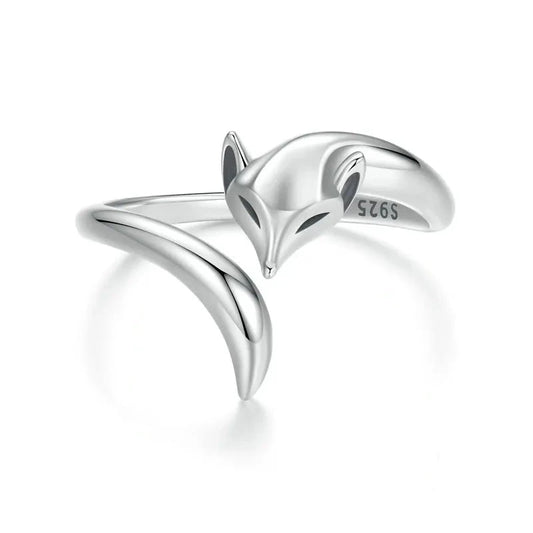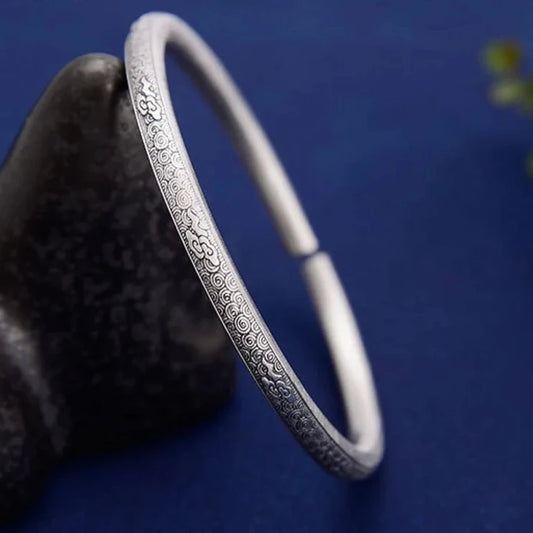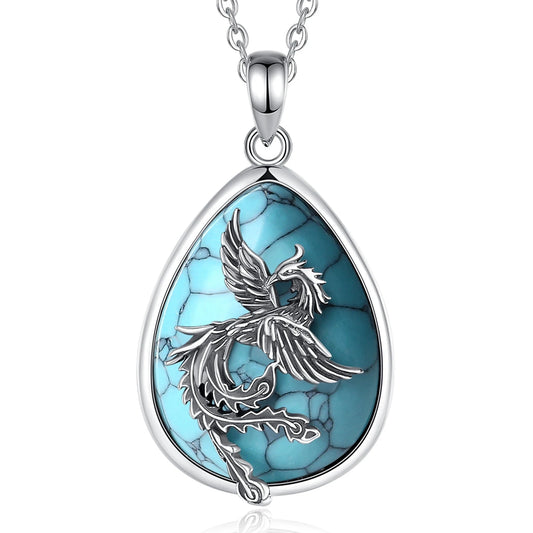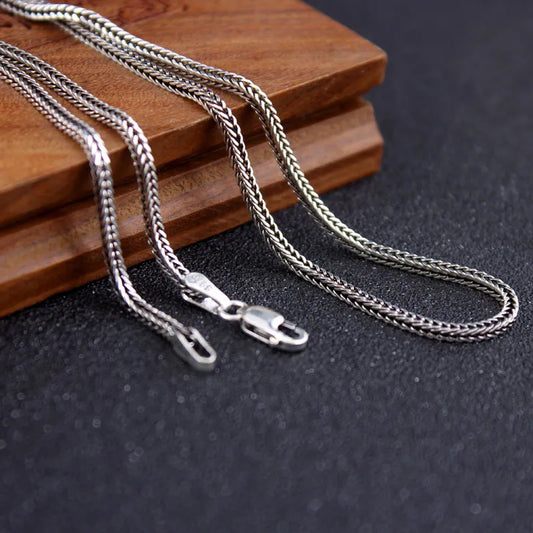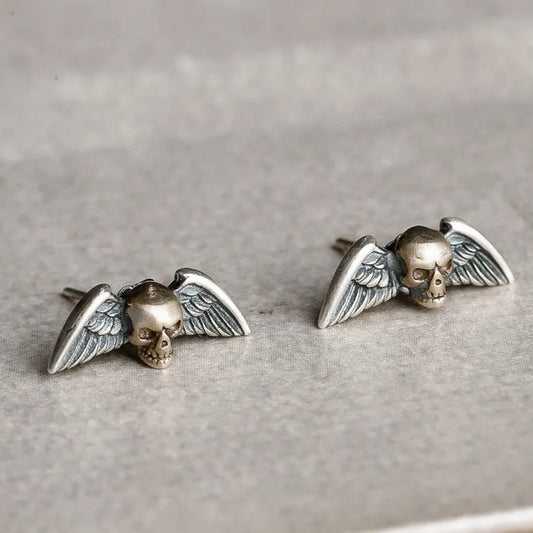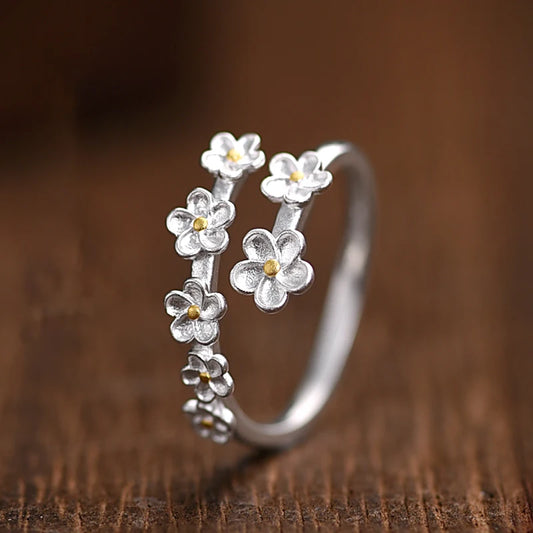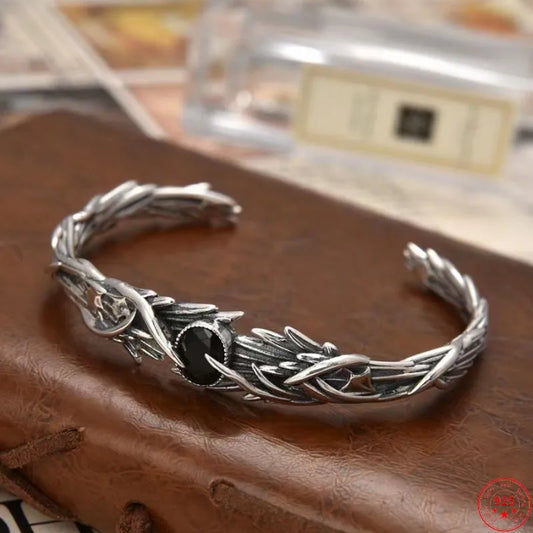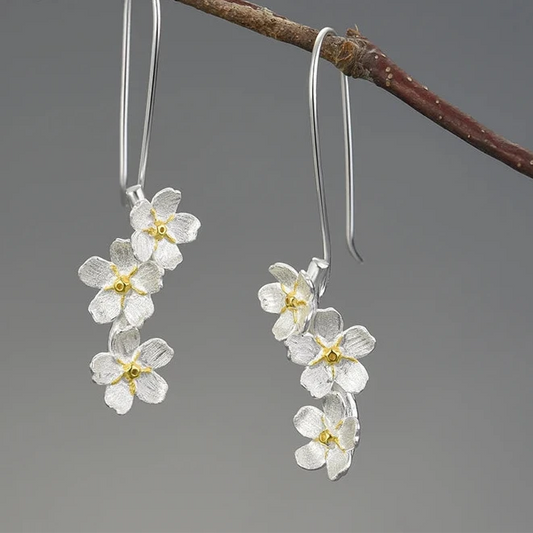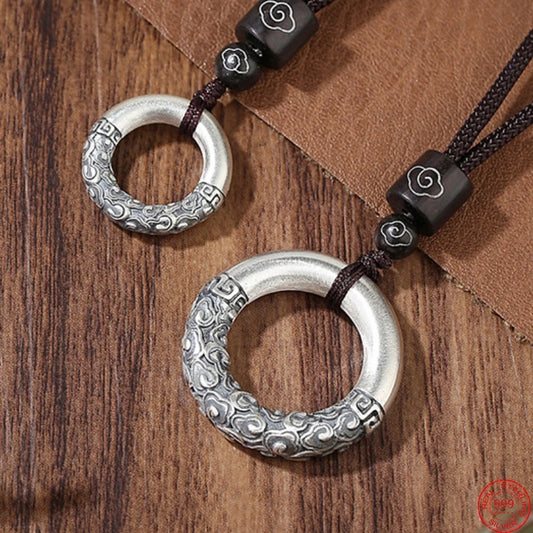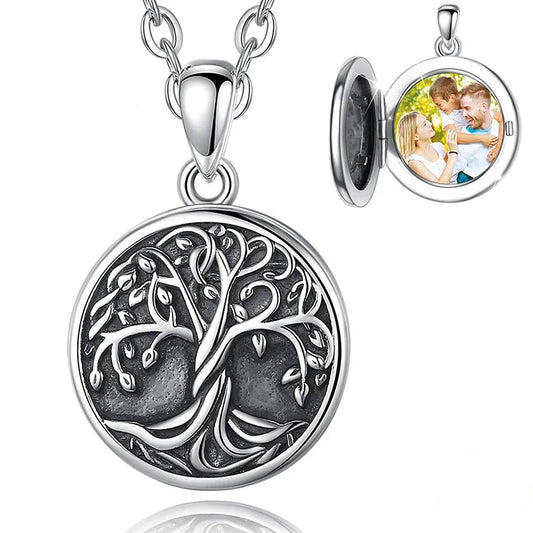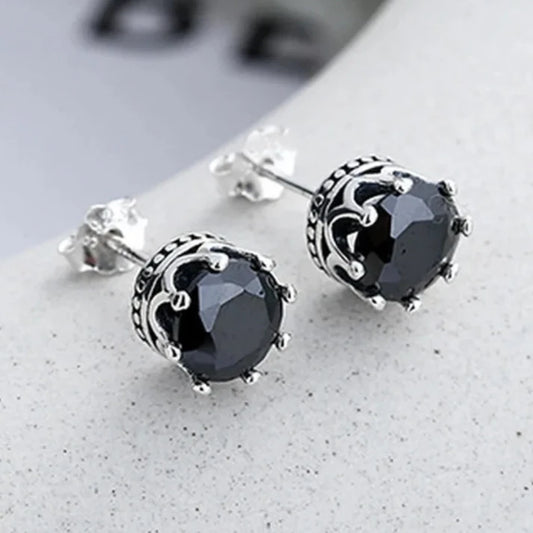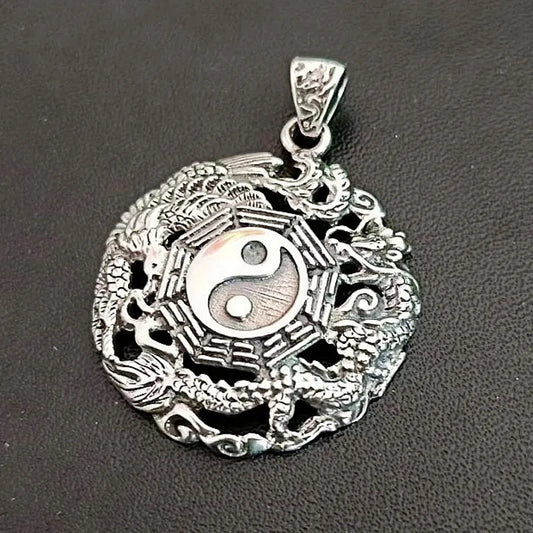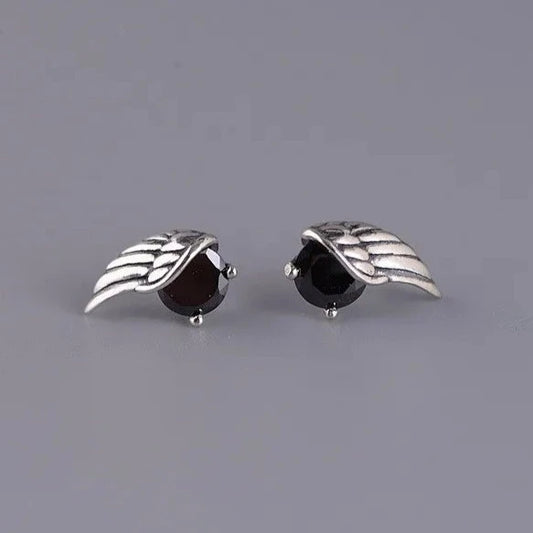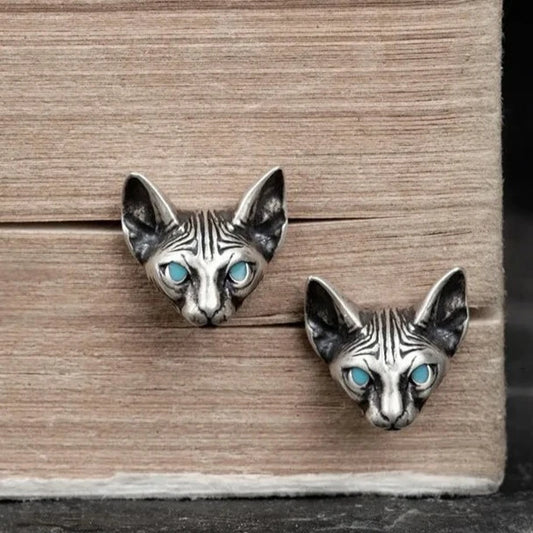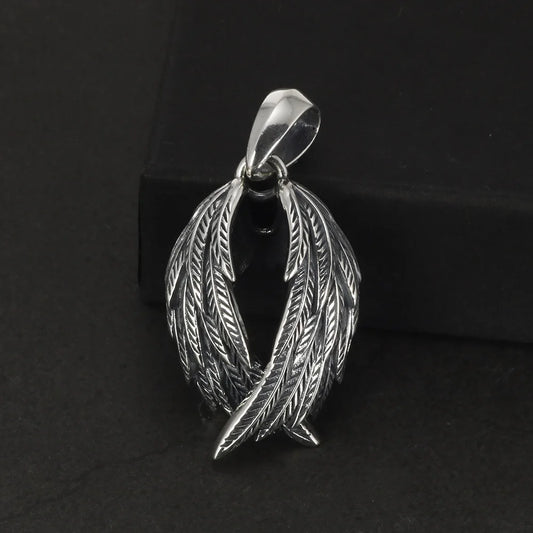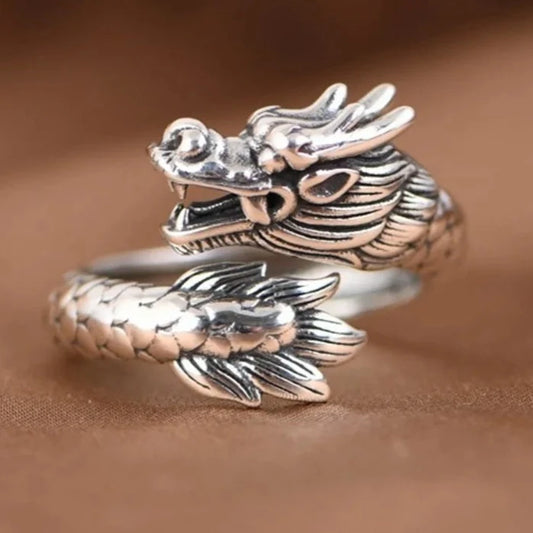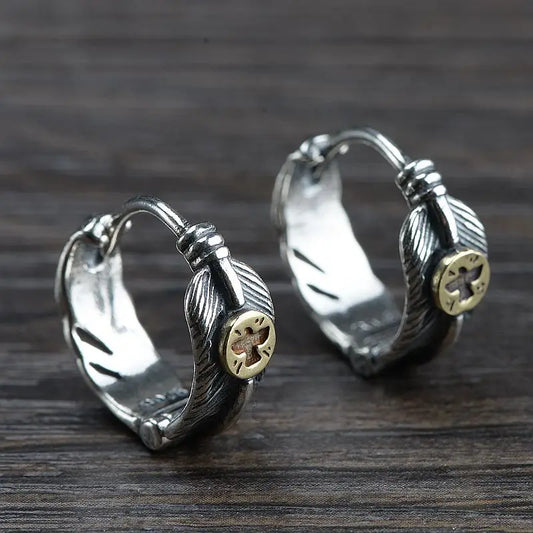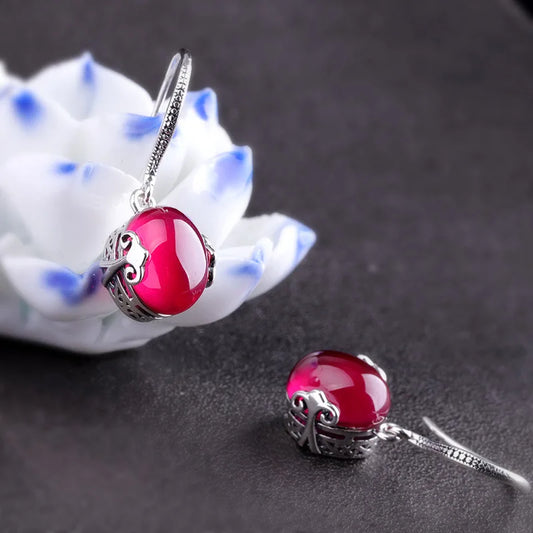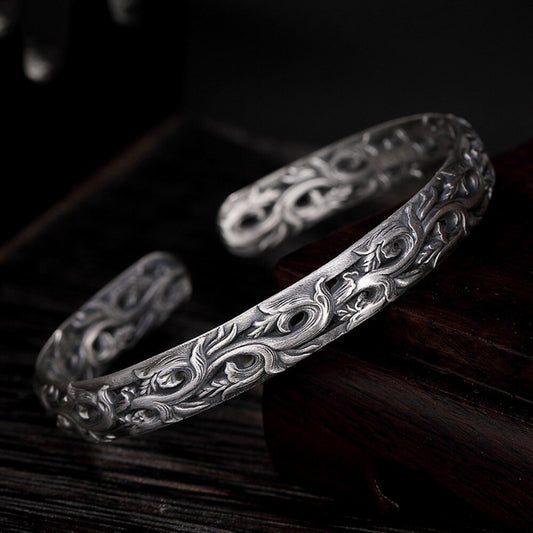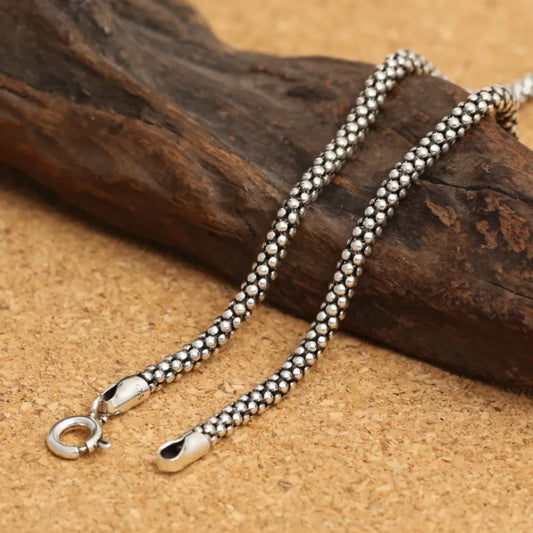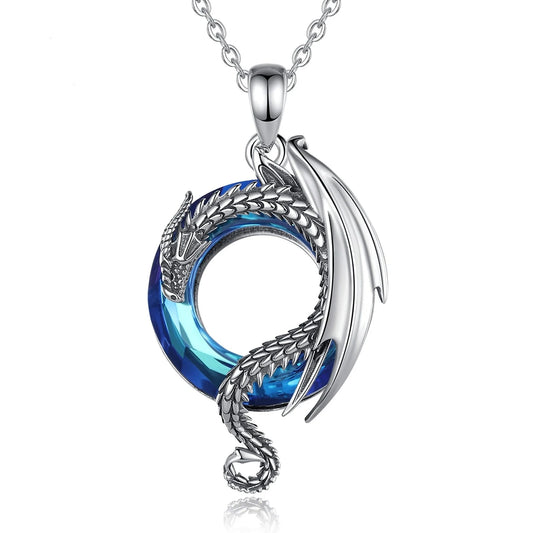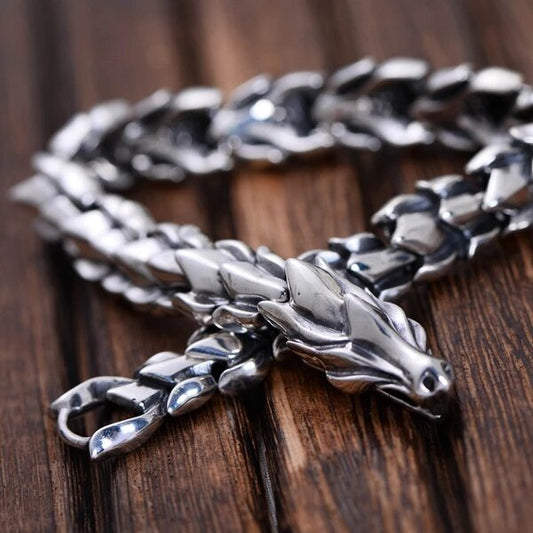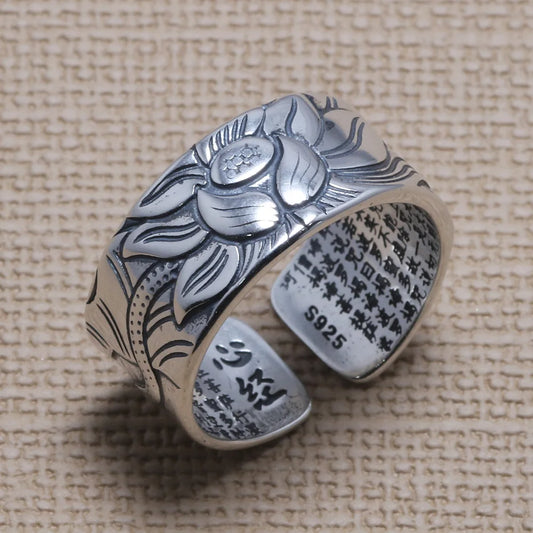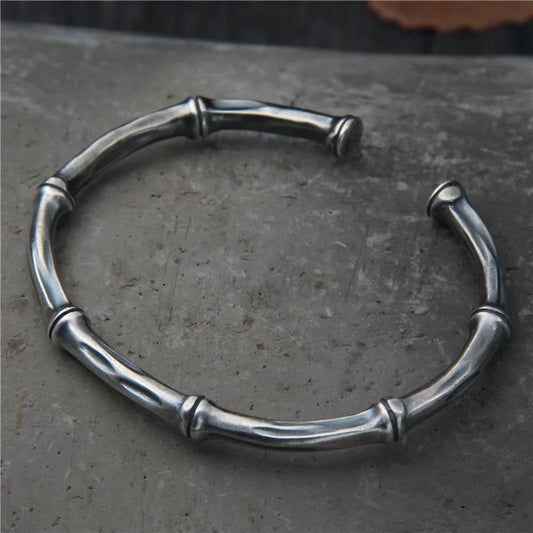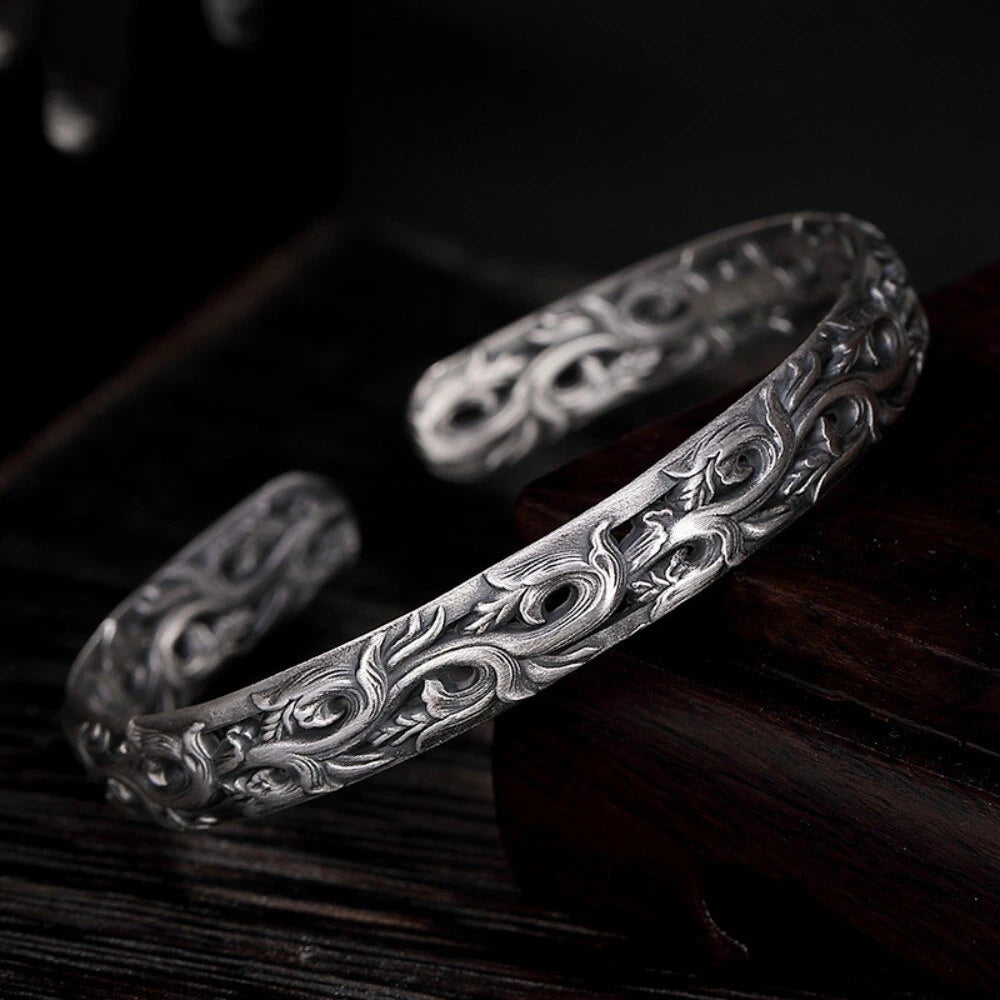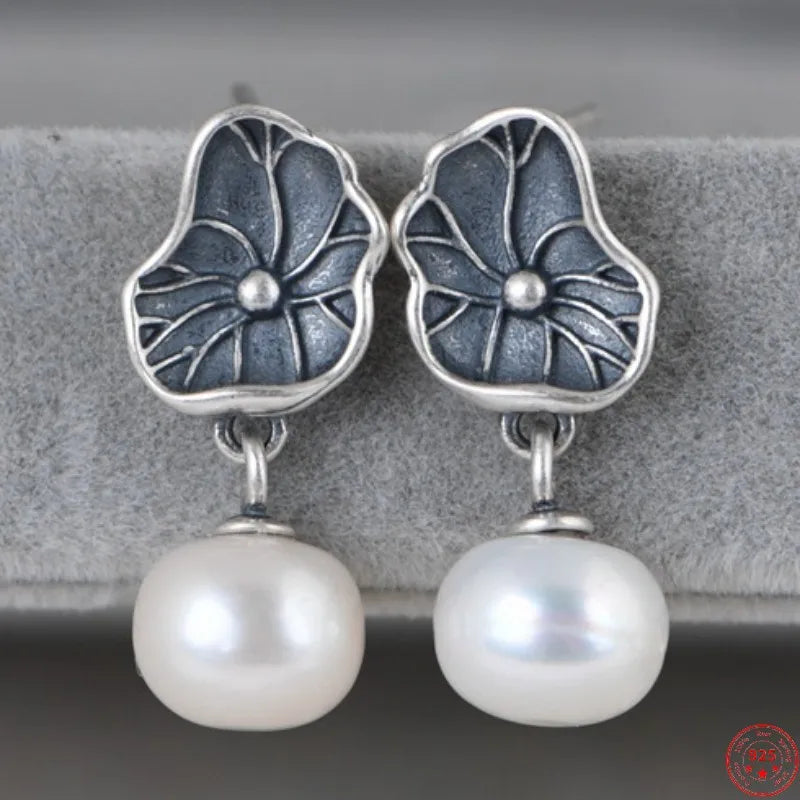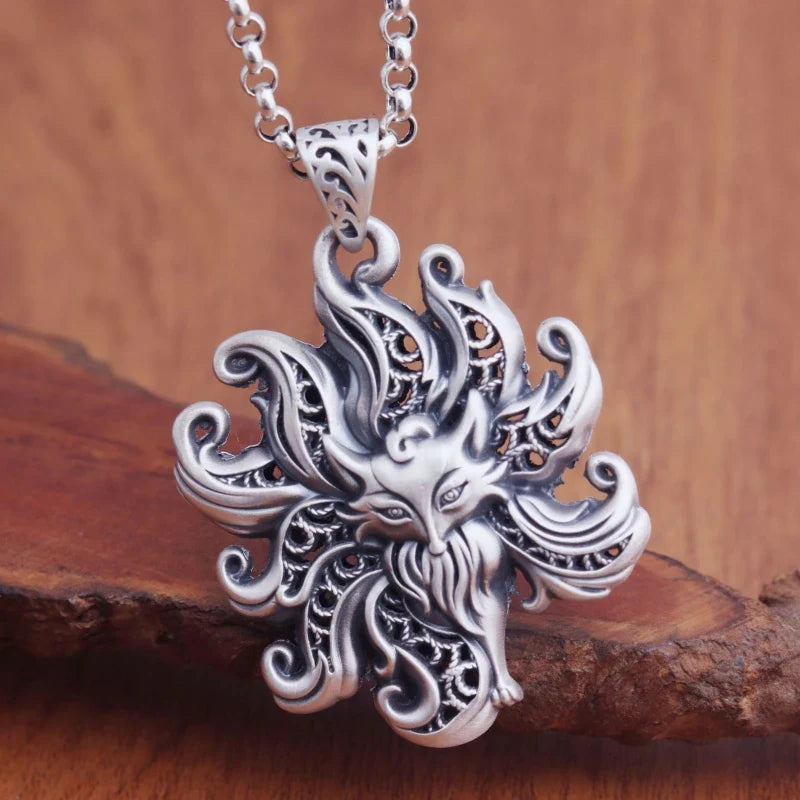-
Kitsune the Spirit Fox 925 Sterling Silver Adjustable Ring
Regular price €29,90 EURRegular price€0,00 EURSale price €29,90 EUR -
Kumo The Clouds in the Sky 999 Fine Silver Bracelet
Regular price €199,90 EURRegular price -
Phoenix over Turquoise 925 Silver Necklace
Regular price From €89,90 EURRegular price -
Kitsune 925 Silver Foxtail chain
Regular price From €54,90 EURRegular price€0,00 EURSale price From €54,90 EUR -
Shinigami Winged Skulls 925 Sterling Silver Earrings
Regular price €34,90 EURRegular price€0,00 EURSale price €34,90 EUR -
Forget-me-not Flower 990 Fine Silver Adjustable Ring
Regular price €44,90 EURRegular price -
Yatagaratsu Japanese Crow Feathers 925 Sterling Silver Bracelet
Regular price €209,90 EURRegular price€0,00 EURSale price €209,90 EUR -
Forget-me-not Flower 925 Sterling Silver Earrings
Regular price €74,90 EURRegular price€0,00 EURSale price €74,90 EUR -
Kumo Clouds 999 Fine Silver Necklace
Regular price From €79,90 EURRegular price€89,90 EURSale price From €79,90 EURSale -
Sakura Cherry Blossom Locket 925 Sterling Silver Necklace
Regular price From €59,90 EURRegular price€0,00 EURSale price From €59,90 EUR -
Black Crown of Yatagarasu 925 Sterling Silver Earrings
Regular price €39,90 EURRegular price€0,00 EURSale price €39,90 EUR -
Yin and Yang Sterling Silver Pendant
Regular price €89,90 EURRegular price -
Black Zircon Yatagarasu Crow 925 Sterling Silver Earrings
Regular price €29,90 EURRegular price€0,00 EURSale price €29,90 EUR -
Blue Eyes Cat Stud Earrings in 925 Sterling Silver
Regular price €29,90 EURRegular price€0,00 EURSale price €29,90 EUR -
Tengu Wings 925 Sterling Silver Pedant
Regular price €104,90 EURRegular price -
Watatsumi Dragon Kami of the Seas Adjustable 925 Sterling Silver Ring
Regular price €64,90 EURRegular price€0,00 EURSale price €64,90 EUR -
Yatagarasu Crow 925 Sterling Silver Earrings
Regular price €64,90 EURRegular price€0,00 EURSale price €64,90 EUR -
Cherry Blossom Drop Earrings in 925 Sterling Silver
Regular price €69,90 EURRegular price -
Branches of the Sakura Tree 925 Fine Silver Bracelet
Regular price €214,90 EURRegular price€0,00 EURSale price €214,90 EUR -
Scales of the Dragon Raiju 925 Silver Necklace Chain
Regular price From €54,90 EURRegular price -
Ryujin Dragon God of the Seas 925 Sterling Silver Necklace
Regular price From €79,90 EURRegular price€0,00 EURSale price From €79,90 EUR -
Dragon God Ryujin Handmade 925 Silver Bracelet
Regular price From €319,90 EURRegular price€349,90 EURSale price From €319,90 EURSale -
Lotus and Heart Sutra 925 Sterling Silver Ring
Regular price €79,90 EURRegular price€69,90 EURSale price €79,90 EUR -
Sacred Bamboo 925 Sterling Silver Bracelet
Regular price €209,90 EURRegular price€189,90 EURSale price €209,90 EUR
Collection: Premium Silver Jewelry
Discover the timeless elegance of our premium Japanese silver jewelry collection, where traditional craftsmanship meets contemporary design.
Each NIHOWA silver piece is meticulously crafted using ancient techniques like Mokume-gane, offering a unique way to enhance your personal style.
In Japanese jewelry making, silver is a commonly used and highly valued material. Silver is also a medium that carries deep cultural, aesthetic, and sometimes spiritual significance.
While gold is valued for its rarity and richness, silver is appreciated for its subtlety and elegance.
In Japanese culture, the understated beauty of silver often aligns more closely with the principles of wabi-sabi, which find beauty in imperfection and impermanence.
The metalworking techniques used to create silver jewelry often reflect traditional craftsmanship passed down through generations, integrating both artistry and precision.
Techniques used in Japanese Silversmithing
- Mokume-gane 木目金 - This ancient technique involves layering different metals, including silver, to create a wood-grain pattern. Originally used for sword fittings, it has been adapted for jewelry, showcasing intricate and unique designs.
- Chasing and Repoussé - These techniques involve hammering the metal from both the front (chasing) and back (repoussé) to create detailed, raised designs. Silver is particularly suited for this due to its malleability.
- Inlay - This involves embedding silver into other materials or embedding other materials into silver. This can create striking contrasts and intricate patterns.
- Engraving - Silver is often engraved with traditional Japanese motifs, such as nature scenes, mythical creatures, or calligraphy, adding a cultural and aesthetic value.
Silver Cultural Significance in Japan
Silver holds a special place in Japanese culture for several reasons:
- Aesthetic Value - Silver's lustrous quality and versatility in design make it highly prized. Its ability to take on a high polish or develop a beautiful patina over time is appreciated in Japanese aesthetics.
- Historical Use - Historically, silver has been used in various decorative arts, from samurai armor fittings to tea utensils, indicating its long-standing value and appreciation.
- Symbolism - Silver is often associated with purity, clarity, and the moon. In Japanese culture, the moon holds significant poetic and aesthetic value, and silver’s reflective quality is seen as embodying the moon’s serene beauty.
Silver in Japanese Religious and Cultural Context
- Shinto Practices - In Shinto, Japan’s indigenous religion, purity is a core principle. Silver’s association with purity enhances its significance in ritual and ceremonial objects.
- Buddhist Influence - In Buddhist art, silver is sometimes used to create statues and religious artifacts. Its reflective quality is seen as symbolizing the clarity of enlightenment.
- Traditional Ceremonies - Silver is used in various traditional ceremonies, including weddings and tea ceremonies, where it signifies purity and high status.
Collections
-
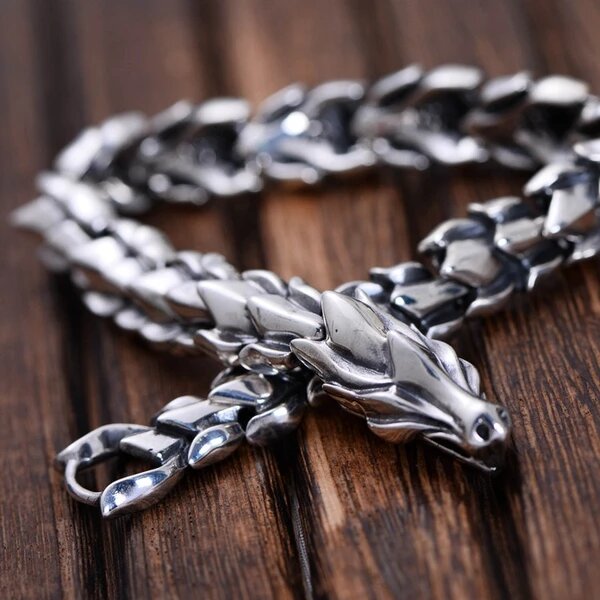
Premium Silver Jewelry
Discover the timeless elegance of our premium Japanese silver jewelry collection, where...
-
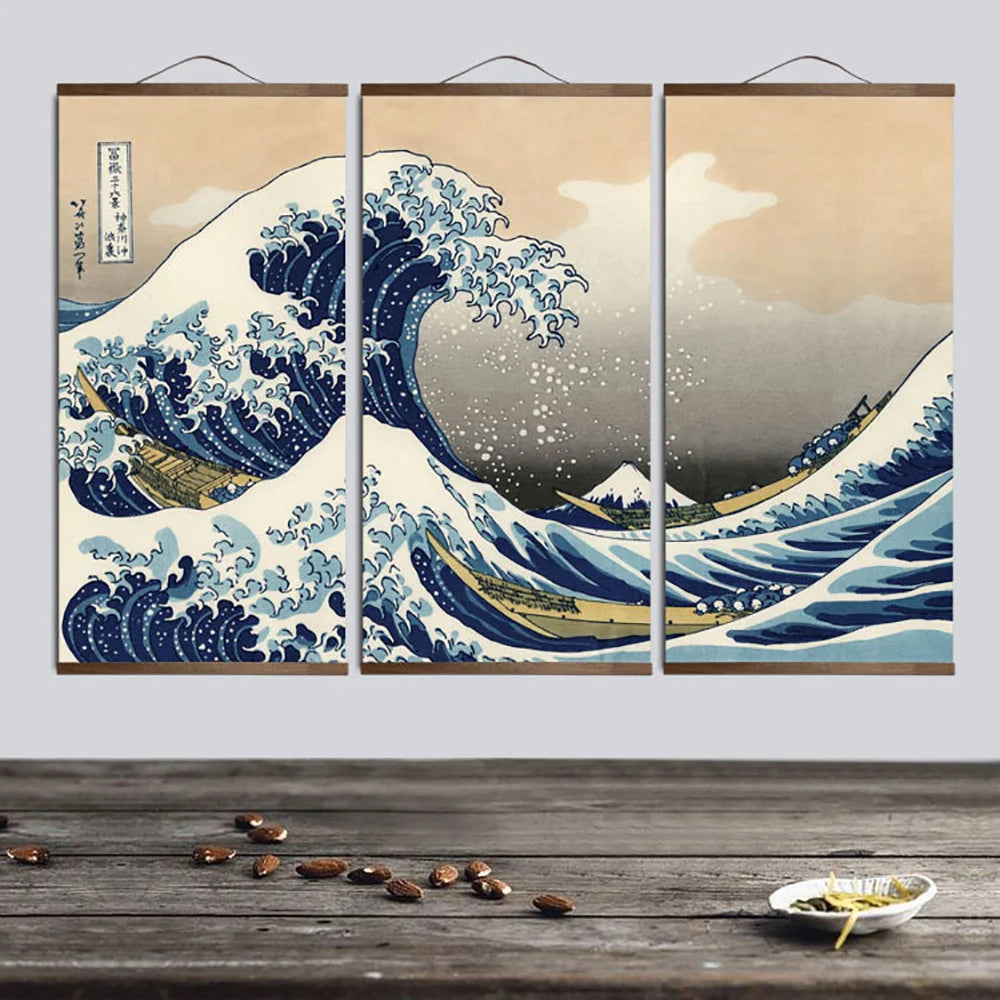
Japanese Decor and Acessories
Our Oriental Decoration collection captures the essence of traditional Japanese aesthetics and...
